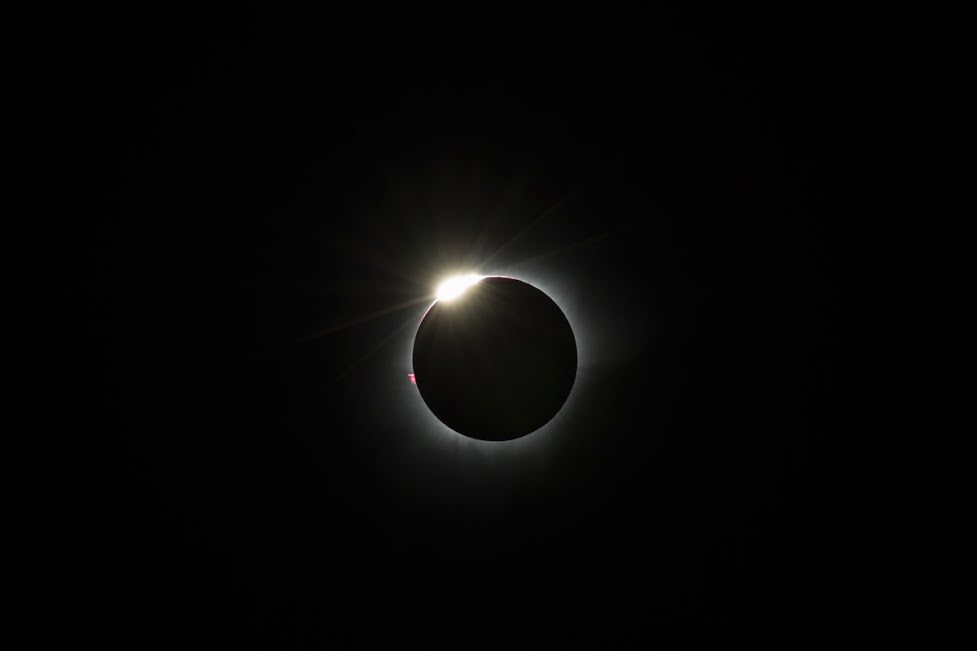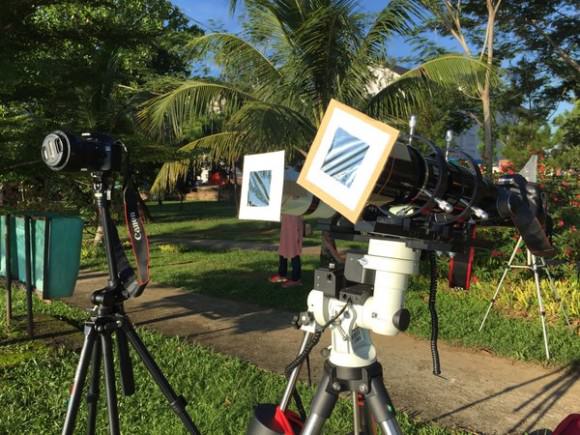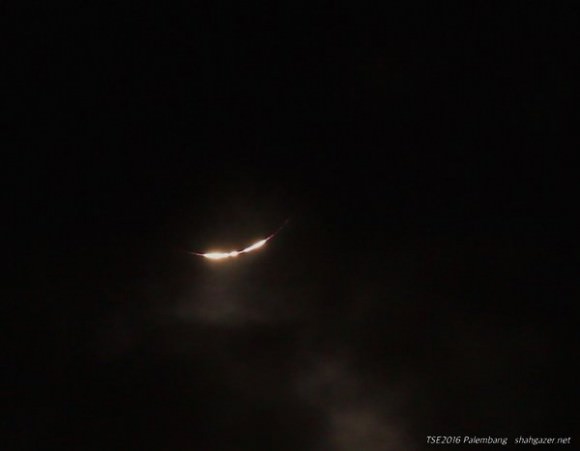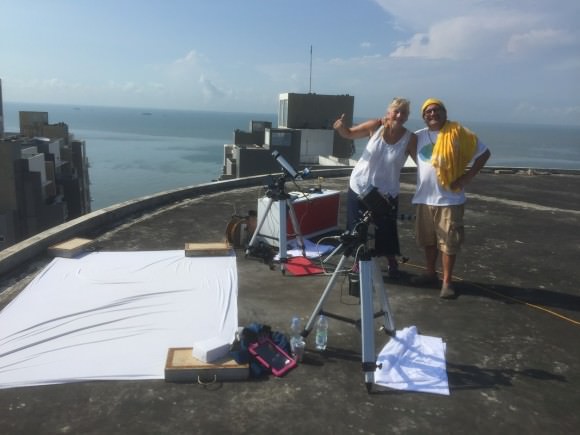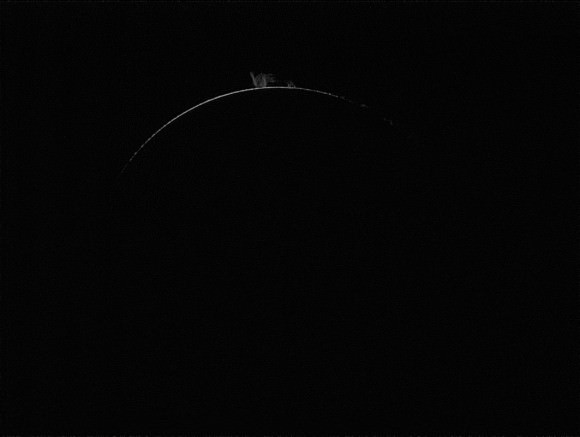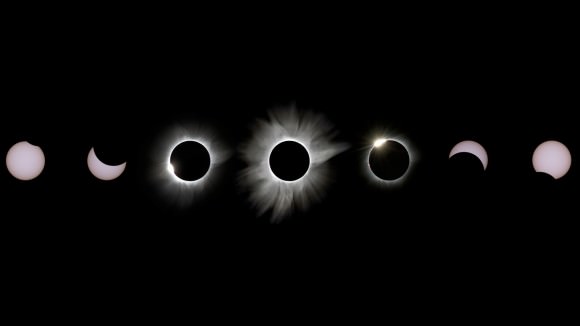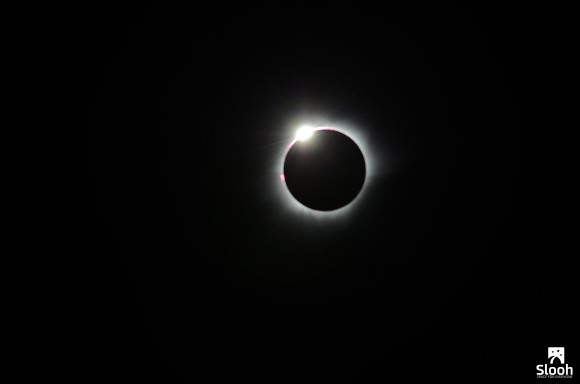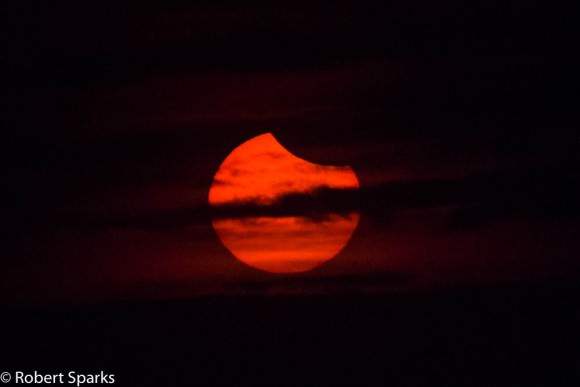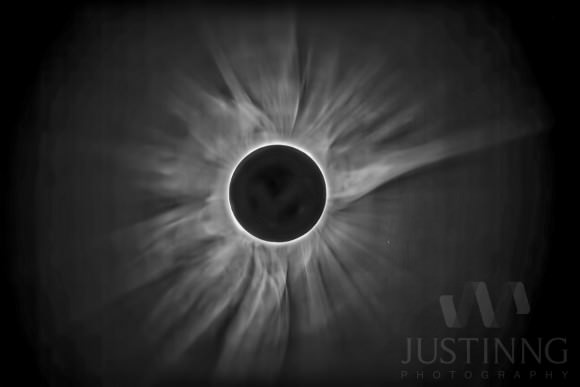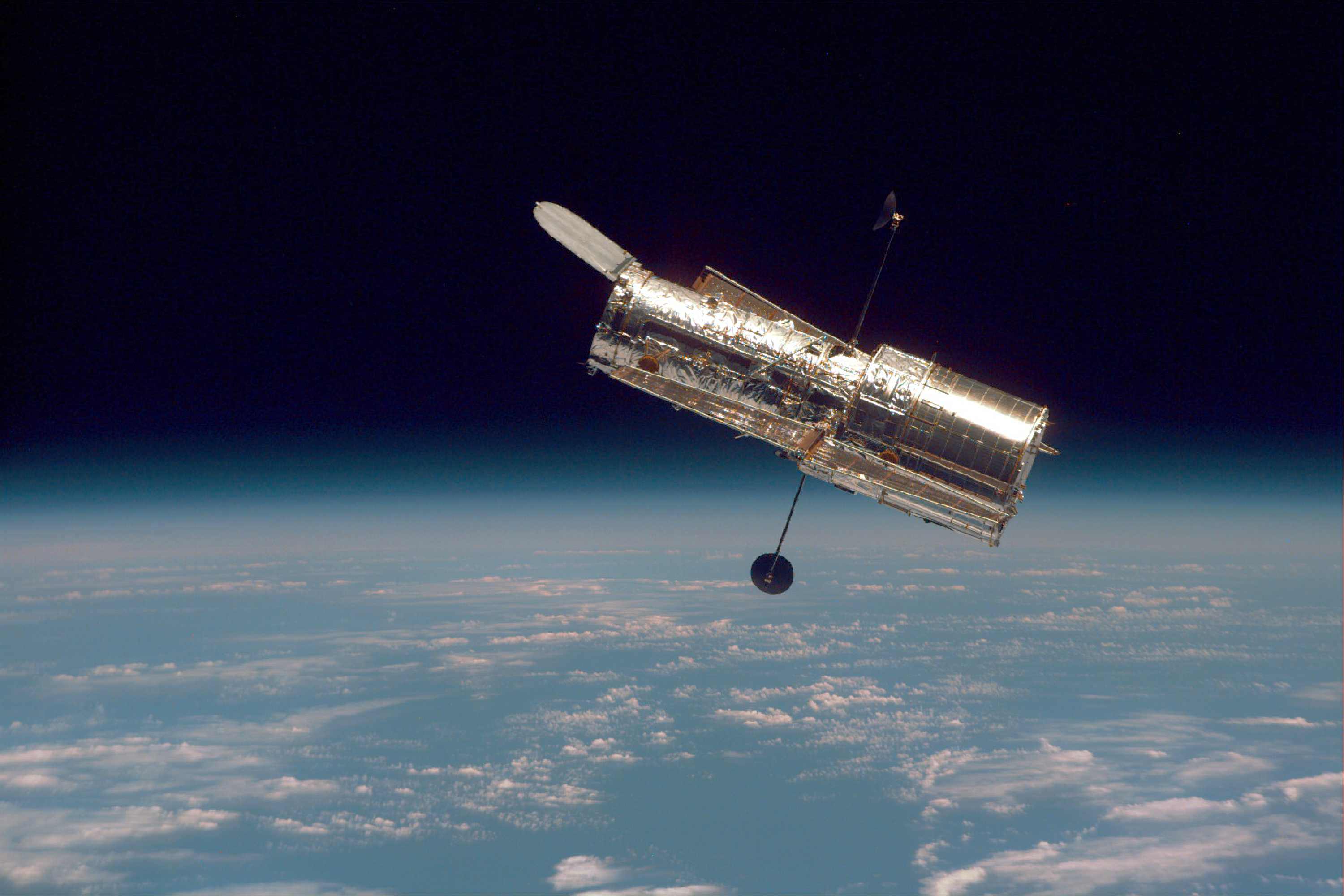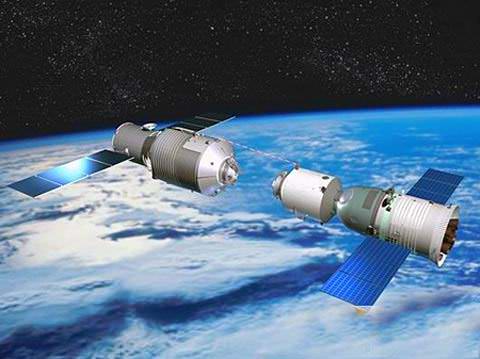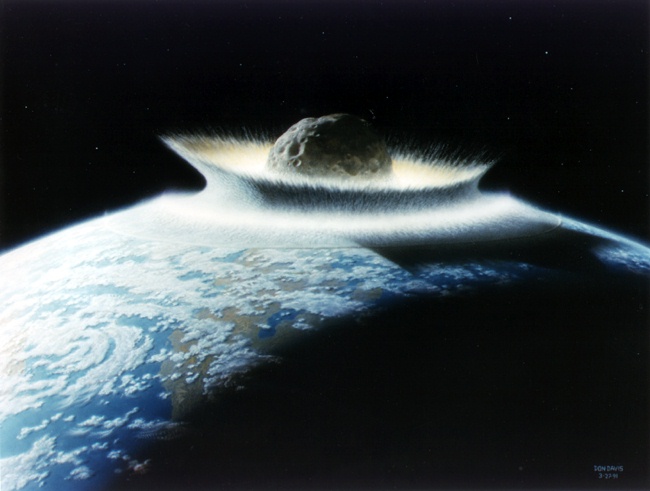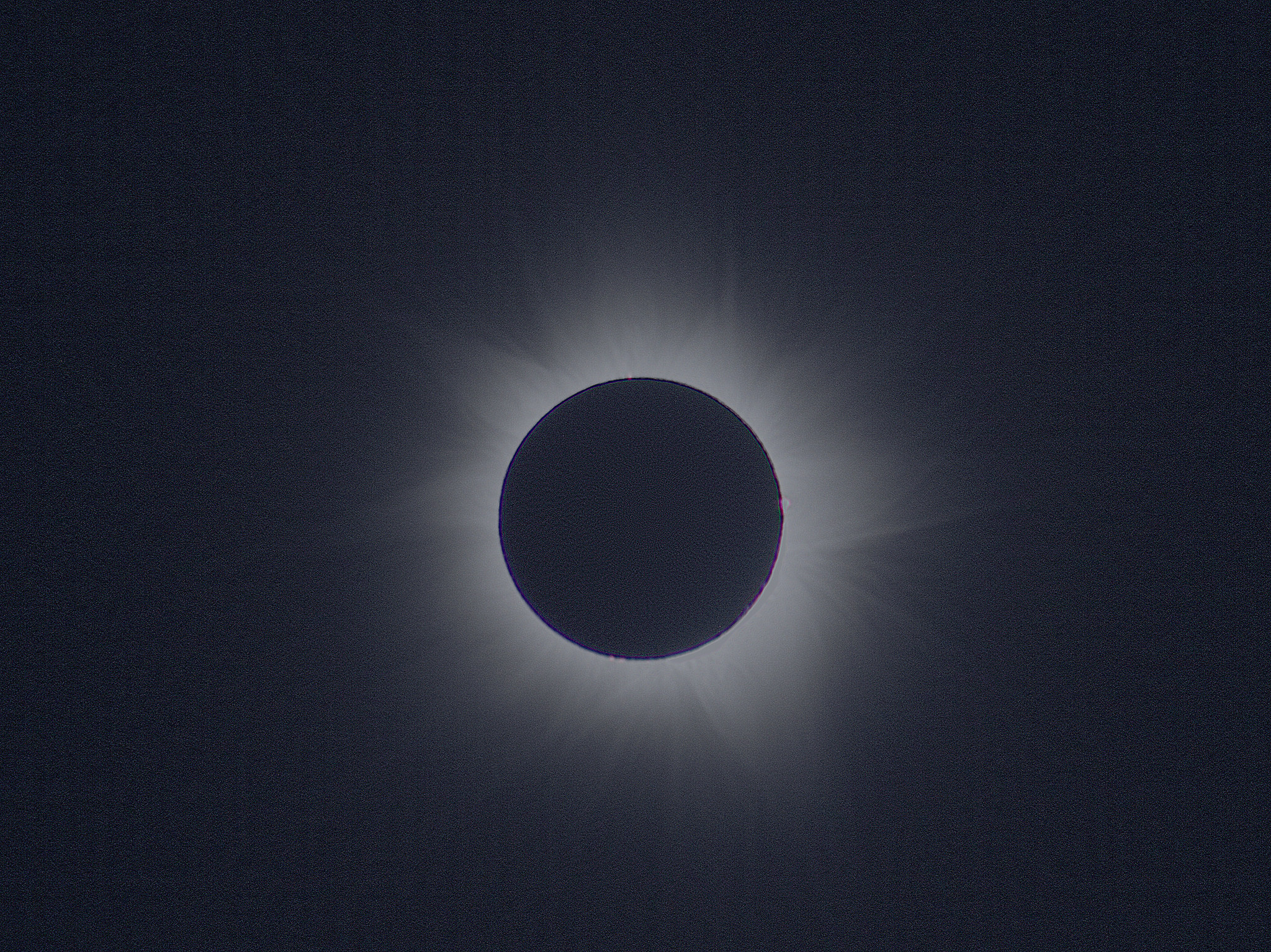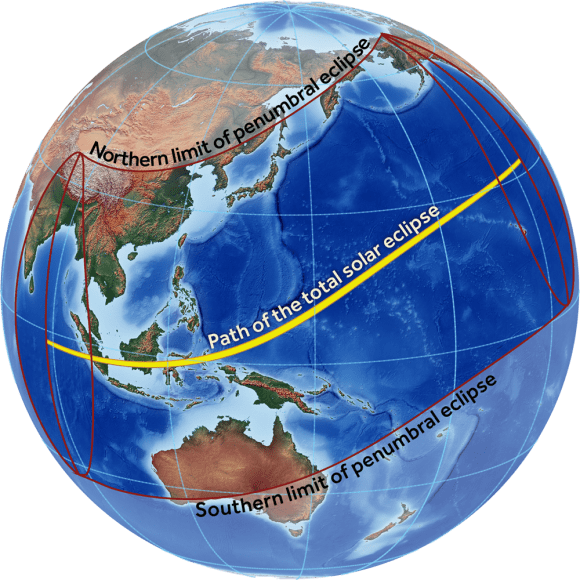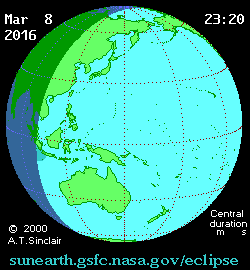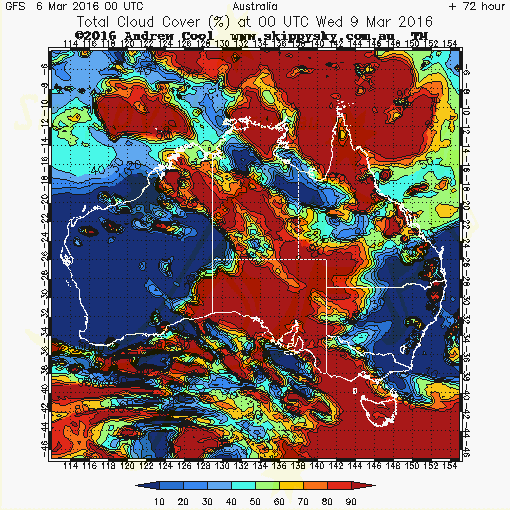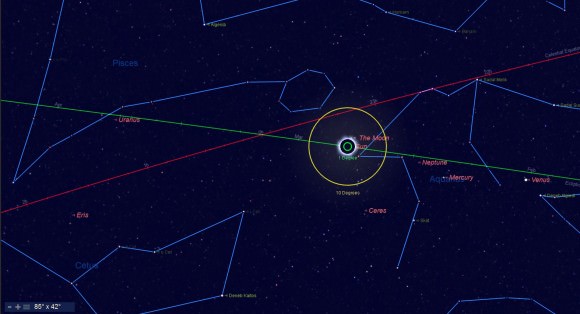In the Autumn of 2014, NASA’s Mars Atmosphere and Volatile Evolution (MAVEN) spacecraft arrived at Mars and entered into orbit. MAVEN wasn’t the only visitor to arrive at Mars at that time though, as comet Siding Spring (C/2013 A1) also showed up at Mars. Most of MAVEN’s instruments were shut down to protect sensitive electronics from Siding Spring’s magnetic field. But the magnetometer aboard the spacecraft was left on, which gave MAVEN a great view of the interaction between the planet and the comet.
Unlike Earth, which has a powerful magnetosphere created by its rotating metal core, Mars’ magnetosphere is created by plasma in its upper atmosphere, and is not very powerful. (Mars may have had a rotating metal core in the past, and a stronger magnetosphere because of it, but that’s beside the point.) Comet Siding Spring is small, with its nucleus being only about one half a kilometer. But its magnetosphere is situated in its coma, the long ‘tail’ of the comet that stretches out for a million kilometers.
When Siding Spring approached Mars, it came to within 140,000 km (87,000 miles) of the planet. But the comet’s coma nearly touched the surface of the planet, and during that hours-long encounter, the magnetic field from the comet created havoc with Mars’ magnetic field. And MAVEN’s magnetometer captured the event.
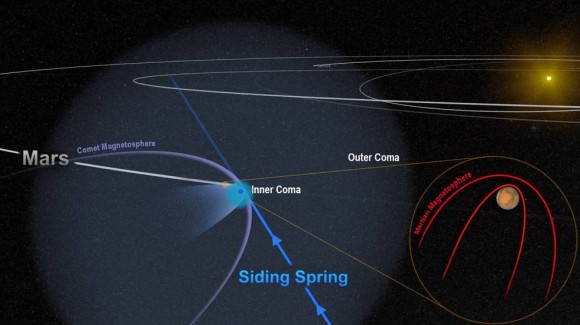
Jared Espley is a member of the MAVEN team at Goddard Space Flight Center. He said of the Mars/Siding Spring event, “We think the encounter blew away part of Mars’ upper atmosphere, much like a strong solar storm would.”
“The main action took place during the comet’s closest approach,” said Espley, “but the planet’s magnetosphere began to feel some effects as soon as it entered the outer edge of the comet’s coma.”
Espley and his colleagues describe the event as a tide that washed over the Martian magnetosphere. Comet Siding Spring’s tail has a magnetosphere due to its interactions with the solar wind. As the comet is heated by the sun, plasma is generated, which interacts in turn with the solar wind, creating a magnetosphere. And like a tide, the effects were subtle at first, and the event played out over several hours as the comet passed by the planet.
Siding Spring’s magnetic tide had only a subtle effect on Mars at first. Normally, Mars’ magnetosphere is situated evenly around the planet, but as the comet got closer, some parts of the planet’s magnetosphere began to realign themselves. Eventually the effect was so powerful that the field was thrown into chaos, like a flag flapping every which way in a powerful wind. It took Mars a while to recover from this encounter as the field took several hours to recover.
MAVEN’s task is to gain a better understanding of the interactions between the Sun’s solar wind and Mars. So being able to witness the effect that Siding Spring had on Mars is an added bonus. Bruce Jakosky, from the University of Colorado’s Laboratory for Atmospheric and Space Physics in Boulder, is one of MAVEN’s principal investigators. “By looking at how the magnetospheres of the comet and of Mars interact with each other,” said Jakosky, “we’re getting a better understanding of the detailed processes that control each one.”

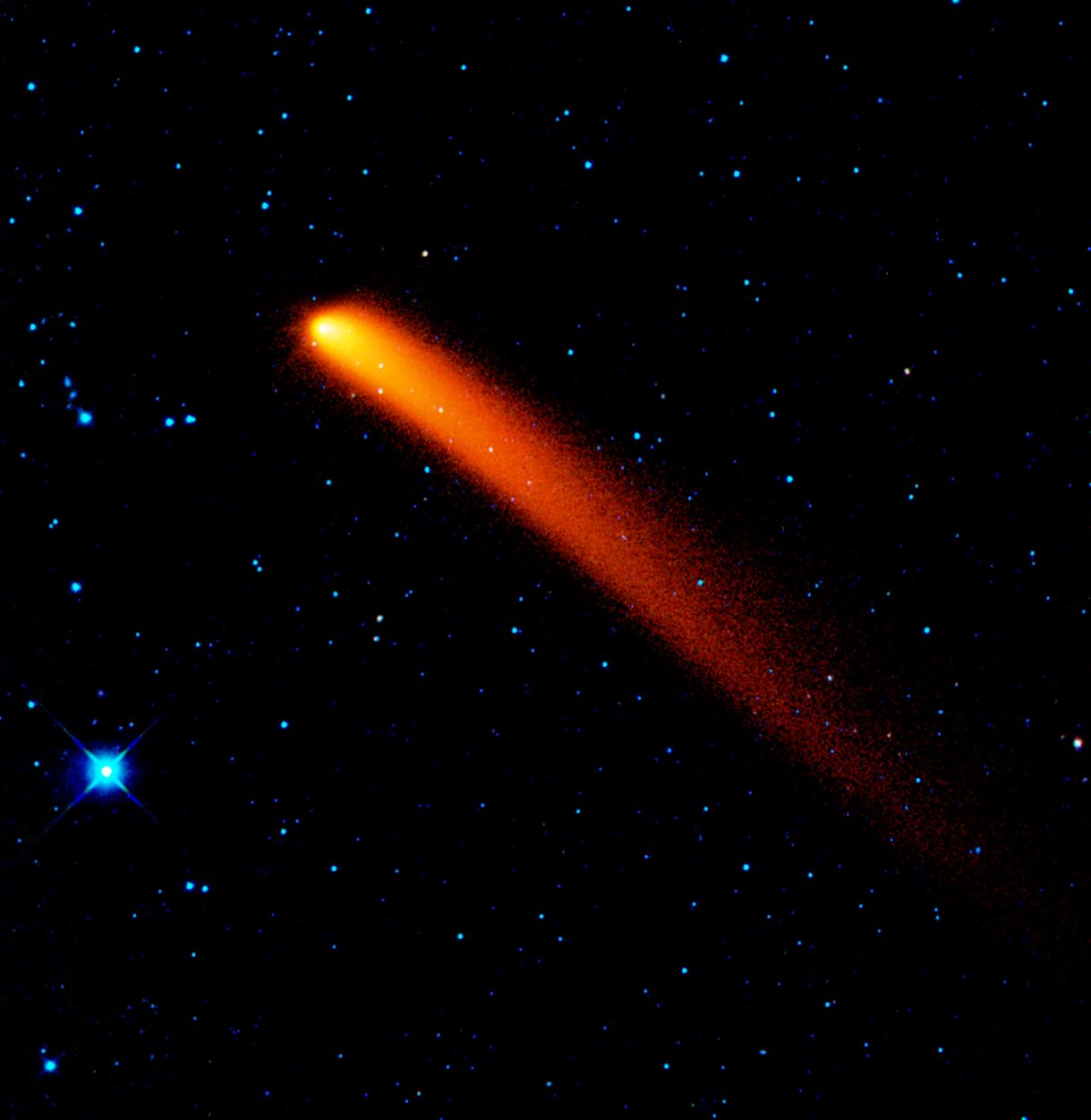
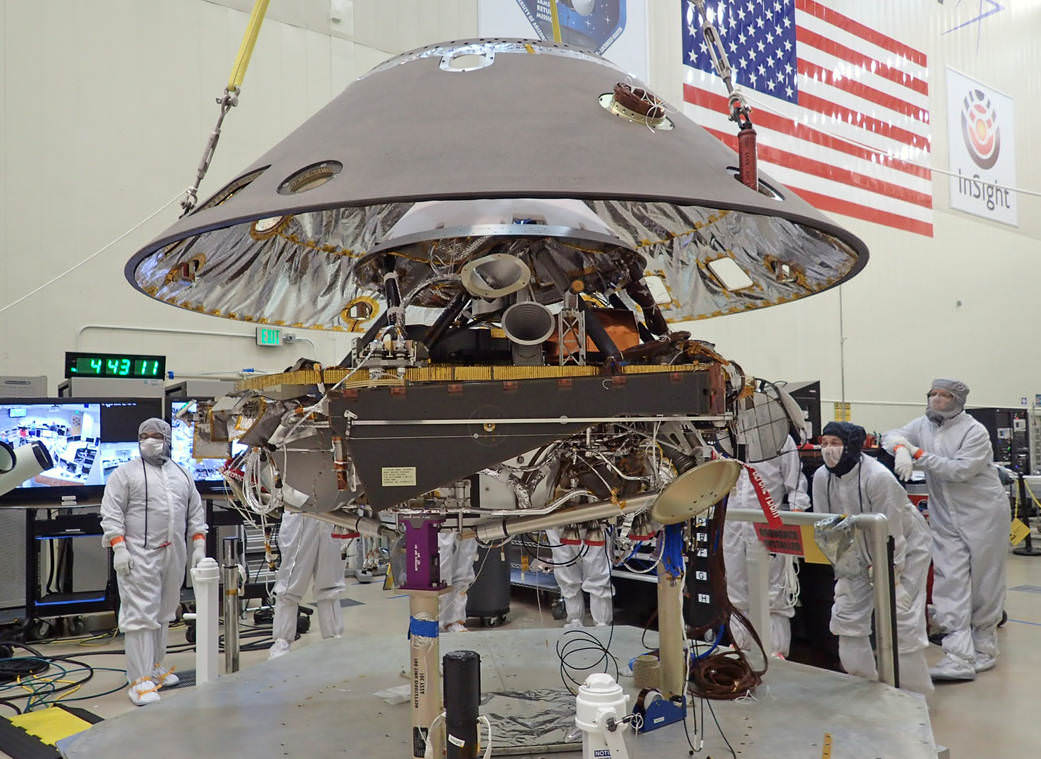
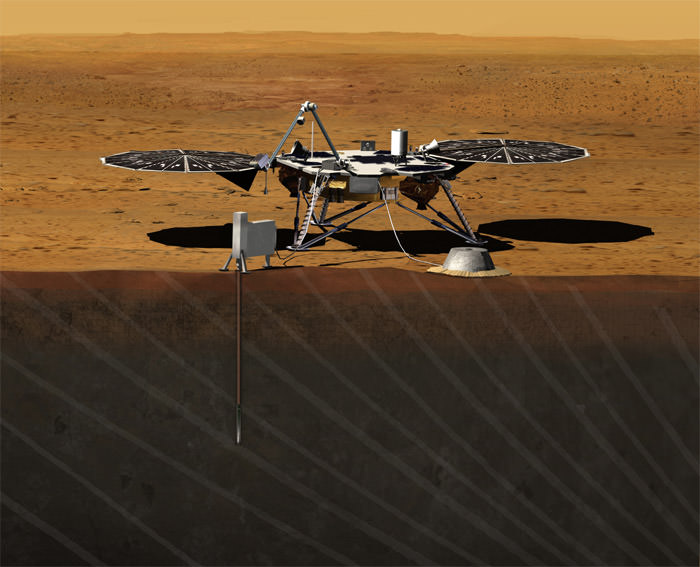


 Martian Eye Candy: A beautiful picture of some dunes on the surface of Mars. Thanks MRO! (Image: NASA/JPL-Caltech/University of Arizona)
Martian Eye Candy: A beautiful picture of some dunes on the surface of Mars. Thanks MRO! (Image: NASA/JPL-Caltech/University of Arizona)

